Kingdom Animalia | Phylum Chordata | |
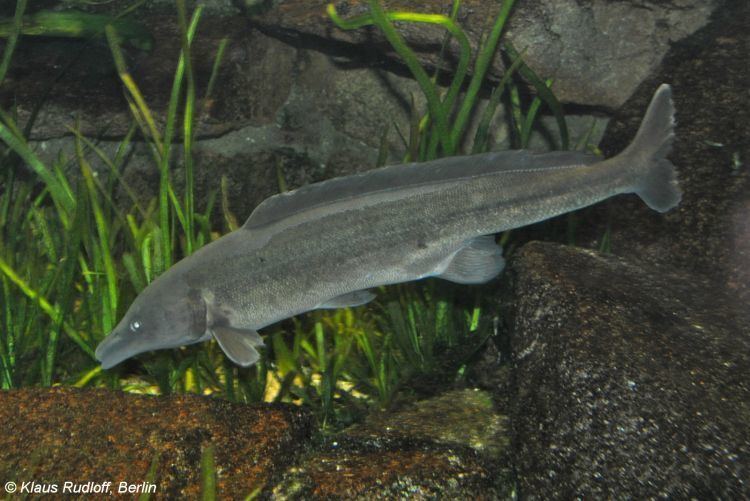 | ||
Similar Mormyrus, Mormyrus kannume, Mormyrops, Cornish jack, Hippopotamyrus | ||
Mormyrus longirostris
Mormyrus longirostris, commonly referred as the eastern bottle-nosed mormyrid, is a medium-sized fish species belonging to the elephant-snout fish family Mormyridae. It was originally described by Wilhelm Peters in Monatsberichte der Akad. Wiss. Berlin, 1852.
Contents
- Mormyrus longirostris
- Baby freshwater dolphin fish mormyrus longirostris
- Ecology
- Range and habit
- Life historybehavior
- Relationship to humans
- Status
- References
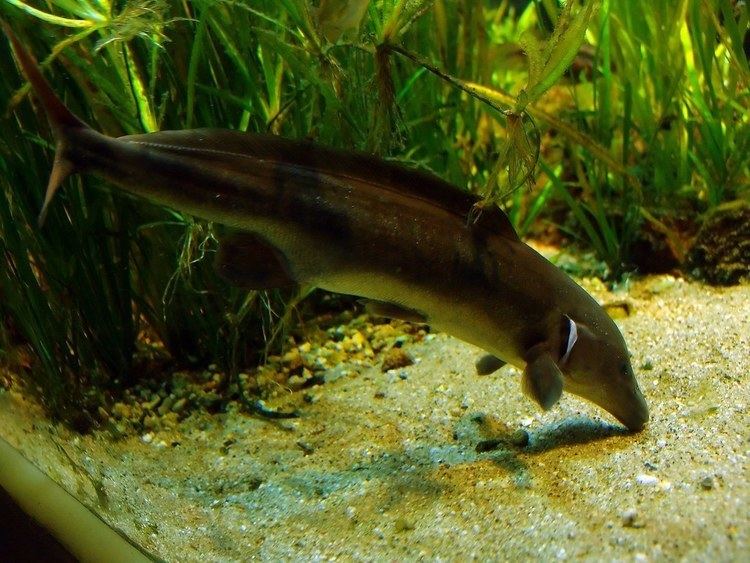
This species grows to a maximum length of 75 centimetres (30 in) and can weigh up to 10 kilograms (22 lb). The dorsal fin is more than twice the length of the anal fin. The dorsal origin is nearer to the tip of the snout than to the caudal fin base.
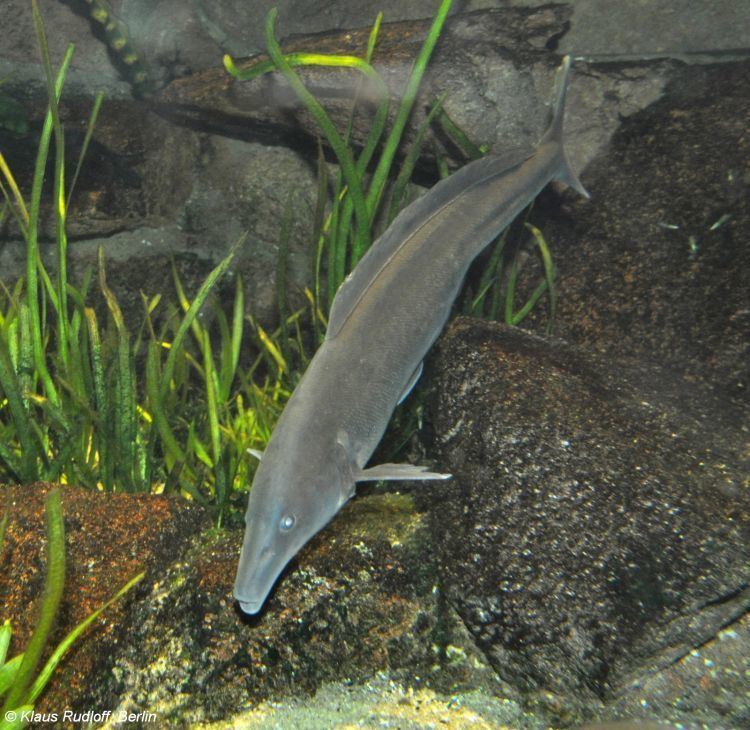
Baby freshwater dolphin fish mormyrus longirostris
Ecology
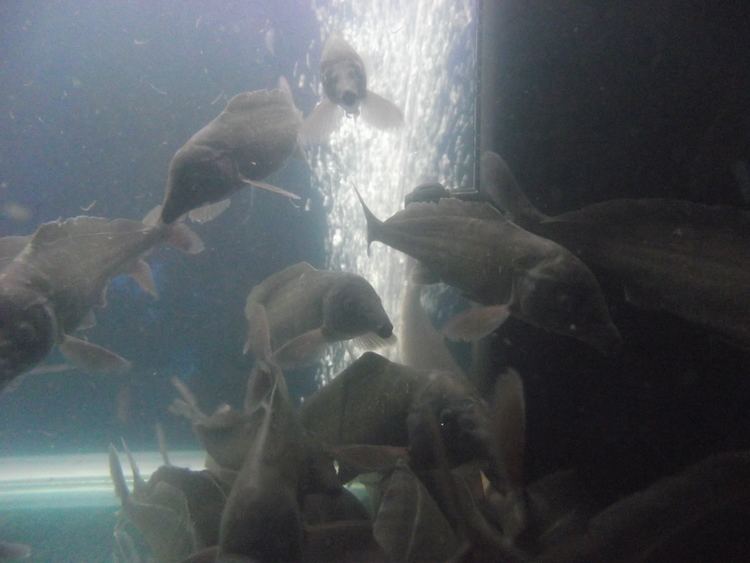
It primarily feeds on weeds and insects, but also on other small invertebrates, such as small fish and fish eggs. They hunt using electricity and can give a mild electric shock to defend itself.
Range and habit
M. longirostris can be found in abundance across the plains of Africa in freshwater habitats, including the lower and middle Zambezi, lower Sabi and Ludi rivers and in the Luapula-Moero-Bangwelo (Zambian Congo system). It inhabits the Ruvuma and Rufiji rivers in Tanzania, lakes Malawi, Tanganyika and Rukwa and other eastward-flowing rivers in Tanzania.
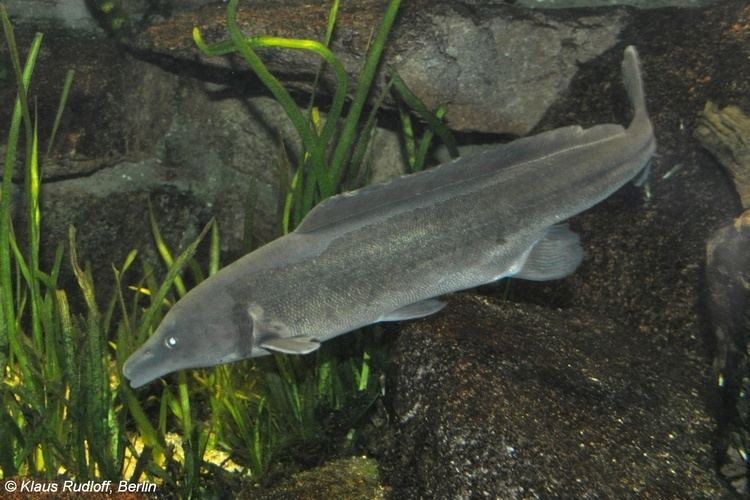
The species lives in caves and muddy areas with soft bottoms. It hides in weeds and characteristically forms small shoals.
Life history/behavior
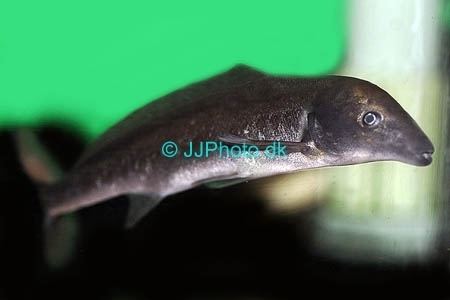
Active mostly at night, it breeds during the summer rainy season, moving upstream in rivers after water has receded, with migrations at irregular intervals. Females carry 10,000–70,000 eggs at a time.
Relationship to humans
The fish is harvested for food with bait and hook.
Status
The eastern bottlenose mormyrid is classified as least concern on the IUCN Red List.
